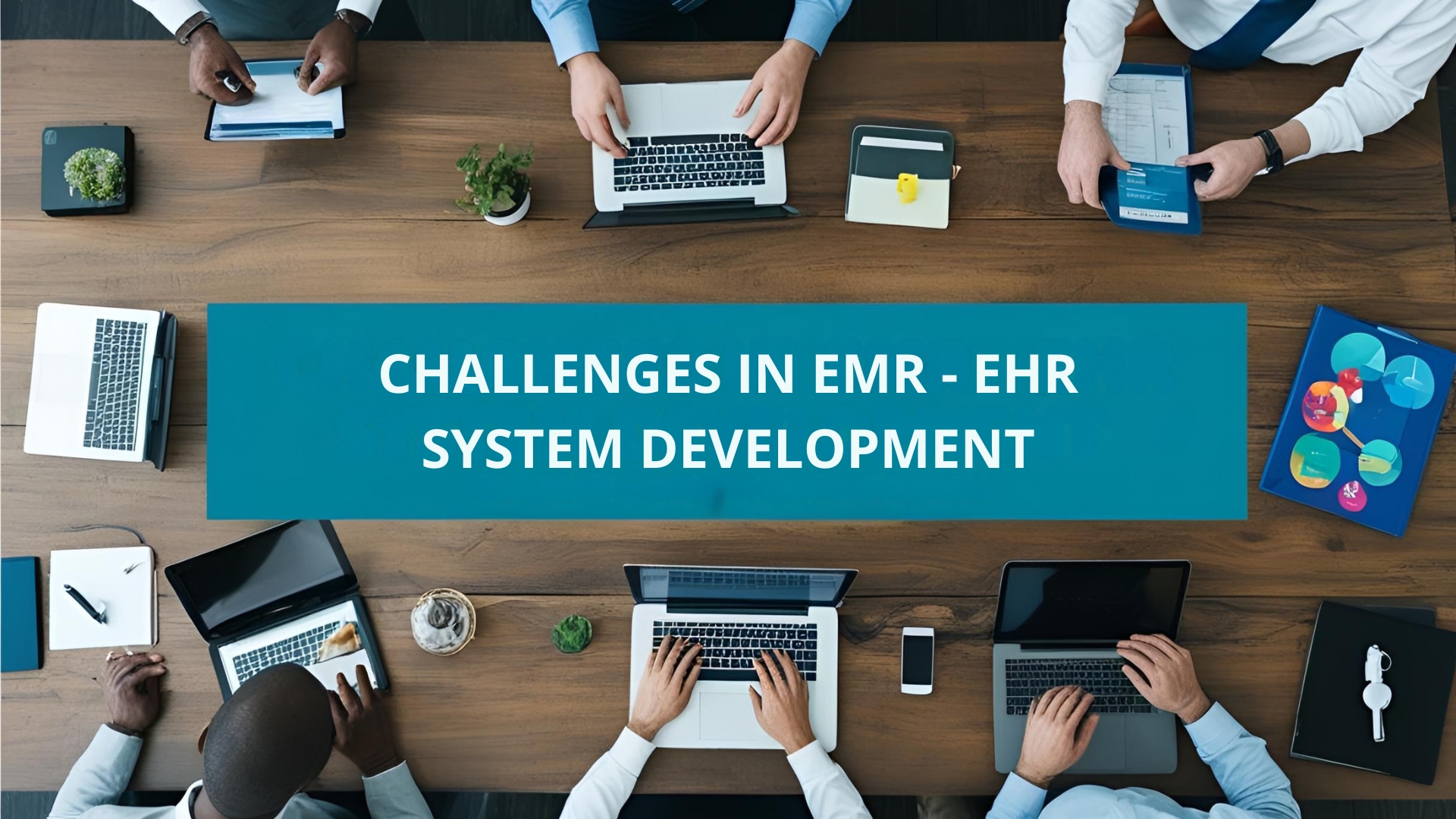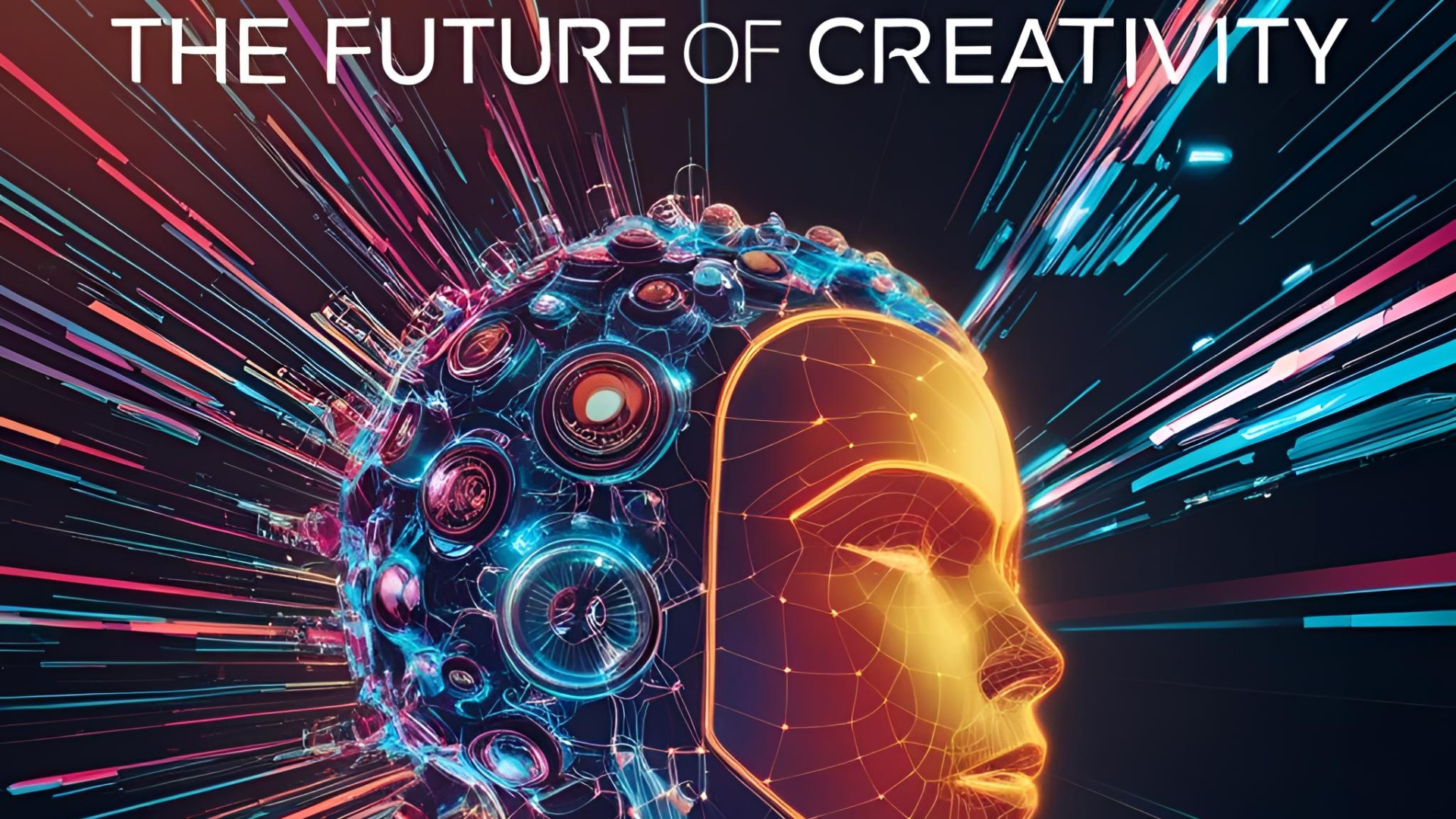OpenAI has been a trailblazer in the artificial intelligence revolution, consistently pushing the boundaries of what large language models (LLMs) can do. The latest addition to their groundbreaking lineup is “o1”, a model set to redefine AI’s possibilities. This article explains OpenAI o1, looking at its capabilities, features, and applications in different industries.
Introduction to OpenAI o1
OpenAI o1 is the latest large language model (LLM) developed by OpenAI, designed to be more powerful and versatile than its predecessors. Since its inception, OpenAI has made significant advancements in natural language processing (NLP), enabling machines to understand, interpret, and generate human language with remarkable accuracy. The advancement of OpenAI o1 is significant. It uses new methods and powerful computers to reach a higher level of performance.
Key Features of OpenAI o1
OpenAI o1 has many features that make it stand out from previous models. These are some of the main features:
- Enhanced Understanding: OpenAI o1 has been trained on a diverse dataset, enabling it to understand and generate complex sentences with high accuracy.
- Improved Reasoning: One of the standout features of OpenAI o1 is its improved ability to reason, making it better equipped to handle tasks that require logical inference and problem-solving skills.
- Scalability: The model is highly scalable and designed to handle large-scale data, making it suitable for individual and enterprise-level applications.
- Fine-Tuning Capabilities: Users can fine-tune OpenAI o1 for specific tasks, making it a versatile tool adaptable to various industries.
- Ethical and Safe Usage: OpenAI has included mechanisms to ensure the model operates within moral bounds, minimizing biases and harmful outputs.
Learning to Reason with LLMs
An excellent feature of OpenAI o1 is its ability to reason lucidly. Regular LLMs can read and write, but they have a hard time with reasoning tasks. “o1” fixes this by using better thinking skills. Here’s how it works:
Advanced Training Algorithms
OpenAI o1’s advanced training algorithms focus on logical inference and problem-solving. These algorithms enable the model to process information in a way that mimics human reasoning, making it more adept at tasks that require critical thinking.
Diverse Data Sets
OpenAI o1 has been trained on a diverse range of data sets, encompassing multiple fields such as science, mathematics, and social sciences. This diverse training equips the model with the contextual knowledge to reason effectively.
Multi-Step Reasoning
OpenAI o1 can perform multi-step reasoning, breaking down complex problems into manageable steps. This capability is handy in legal reasoning, medical diagnostics, and financial analysis.
Applications of Reasoning
These advanced reasoning capabilities make OpenAI o1 highly suitable for applications that require logical inference and problem-solving skills. Whether drafting legal documents, diagnosing diseases, or analyzing financial trends, OpenAI o1 is up to the task.
Applications of OpenAI o1
The Flexibility of OpenAI o1 makes it applicable in a wide range of industries. Here are some examples:
Healthcare
In healthcare, OpenAI o1’s reasoning abilities can assist in diagnosing diseases, analyzing medical records, and suggesting treatment plans. Its ability to understand complex medical wording and provide accurate, context-aware recommendations can be a game-changer.
Legal
OpenAI o1 can draft legal documents, perform legal research, and provide preliminary legal advice. Its reasoning capabilities suit it to understand and analyze intricate legal texts.
Finance
In finance, OpenAI o1 can help look at market trends, create financial reports, and suggest investment strategies. Its ability to process large volumes of data and perform multi-step reasoning makes it invaluable in this field.
Customer Service
OpenAI o1 can enhance customer service by providing accurate and context-aware responses to customer queries, automating routine tasks, and suggesting personalized solutions based on customer history and preferences.
Research and Development
The model can accelerate research and development by analyzing existing literature, generating hypotheses, and suggesting potential experiments. Its advanced reasoning capabilities make it particularly useful in scientific research.
Conclusion
OpenAI o1 represents a significant leap forward in large language models. Its advanced reasoning capabilities, Flexibility, and scalability make it a powerful tool with practical applications across various industries. Whether in healthcare, legal, finance, customer service, or research, OpenAI o1 offers many real-world solutions to help you achieve your goals more efficiently and effectively.
By Using learned reasoning and fine-tuning capabilities, OpenAI has ensured that o1 is not just another language model but a comprehensive solution for real-world problems.
With ongoing innovations from OpenAI, the prospects for artificial intelligence are bright, and it can significantly alter our lives in countless ways.







